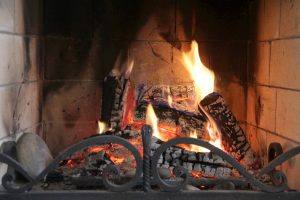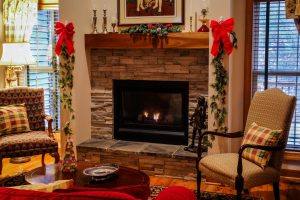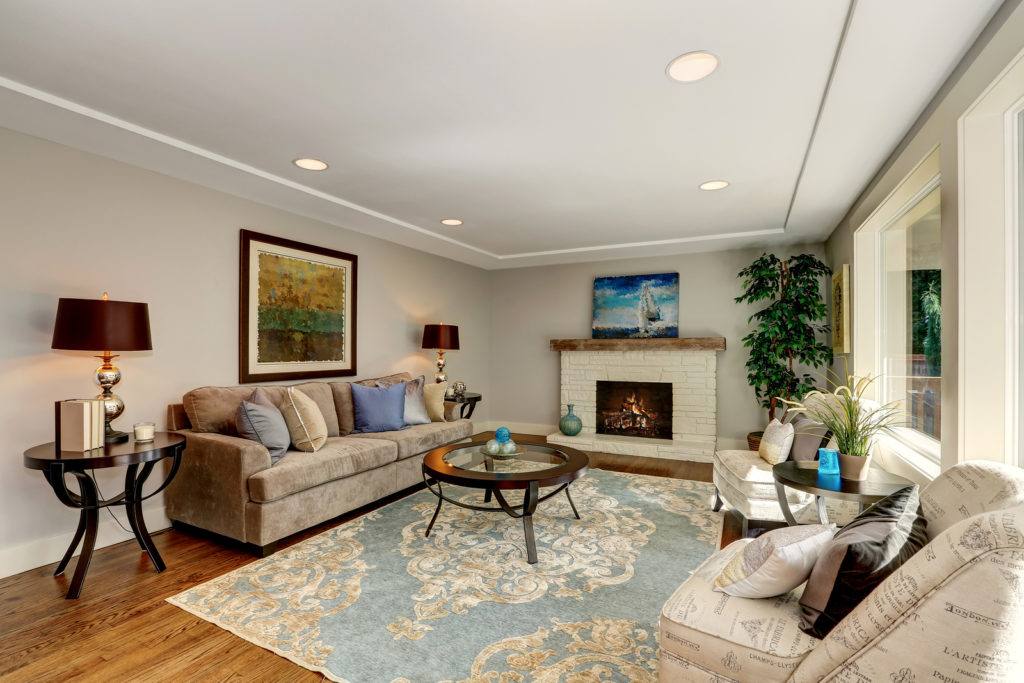A fireplace is the centerpiece of a room, a conversation point and a source of warmth and character. Adding a touch of traditional style and character to your home, there’s nothing like gathering around the fireplace with family and friends on a cool night. But when it comes to choosing the right fireplace for your home, there are a wide variety of options. With the five factors discussed below, we look at how you can make a better choice for the right fireplace for your home.
Fuel Type
Fuel type is one of the most important factors to consider when choosing your new fireplace. The type of fuel your fireplace uses will determine the maintenance, running and cleaning costs of your fireplace. Wood-burning fireplaces have long been the most popular choice because of fuel availability and their traditional style. Traditional wood-burning fireplaces are known to be quite inefficient when it comes to heat retention and energy usage, so these are often replaced with wood-burning fireplace inserts that also use wood fuel. Gas fireplace inserts and artificial gas log sets are becoming more popular as a cleaner and more environmentally friendly source of fuel.
Wood-burning fireplaces and inserts also require more intensive flue cleaning as wood releases more by-products than gas when burned. Gas burning fireplace inserts still require maintenance, but the level of service may be less extreme due to the cleaner fuel. Gas inserts never need their flues cleaned.
Design
The design of the fireplace you choose should match the theme and design of your home. It can be helpful to work with a fireplace professional or architect to analyze the qualities of your home and investigate which style of fireplace would fit best. For a traditional style home, you may wish to choose a traditional wood-burning fireplace or more energy efficient wood-burning fireplace insert which fits into the structure of your fireplace. More modern or transitional homes may prefer to have an innovative and dynamic gas-burning fireplace insert or artificial gas log design.
Style
The style of fireplace you choose will depend both on the type of fuel you want to use and the characteristics you want your fireplace to possess. Freestanding wood burning stoves are great for heating large spaces, while traditional fireplace and wood-burning fireplace inserts are great when you want to blend heating with style. Artificial gas log sets can be installed in many creative and diverse ways for a completely new and innovative style of fireplace in your home. Balancing the right choice of fuel type, fireplace location and home design will help you chose the right fireplace style.
Construction
Many homes are built with a designated space for a fireplace to be installed. However, some homes do not have space for a traditional built-in fireplace. Choosing which room and location you want your fireplace installed will help determine whether it should be a built-in or freestanding fireplace or appliance. Your fireplace professional or architect can also help you determine what material your fireplace should be built from to meet the needs of safety, codes, design, and aesthetics.
Energy Efficiency
Nowadays many people are concerned about heating their homes in an efficient and environmentally friendly manner. Fireplace style and fuel type can greatly affect how efficient your fireplace is at heating your home. Freestanding stove, wood or gas burning fireplace insert are generally more efficient than traditional wood-burning fireplaces or artificial gas log sets. An expert can work with you to find the most efficient and appealing fireplace solution for your home.
Choosing the right fireplace can help you create an inviting atmosphere of warmth and comfort in your space. Discuss your options with a fireplace expert or architect to balance all the available choices and find the right fireplace for your home.



